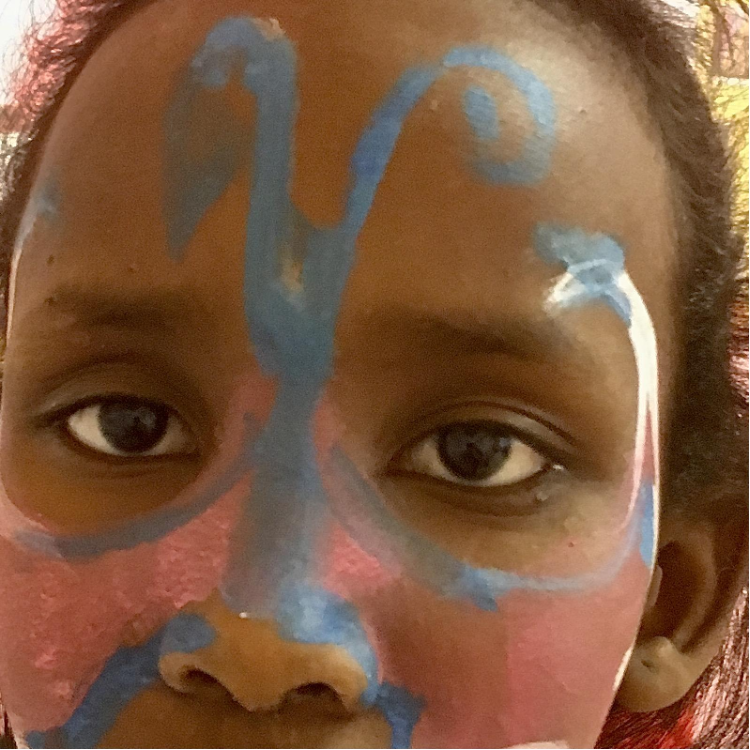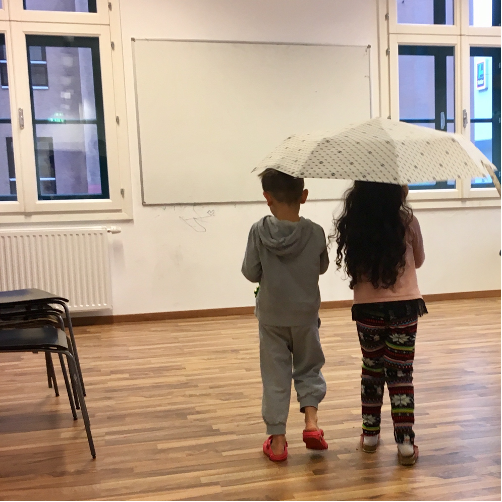all eyes on me
Children learn by watching. If we wish to cultivate responsible and respectful young people, the responsibility lies with us to provide them with examples of behaviors worth modeling, writes Una Shea.
From birth, children begin the process of learning how to be a part of their own time and place. This includes learning physical skills such as walking or dressing themselves, but also includes exploring how to be part of their wider social environment through the development of their social and communication skills. As adults we play a vital role in this development since we are serving as an example of what it is to be an independent and accepted part of a community. Our children will take on our habits and behaviors as elements to emulate. With this in mind, we can consciously choose to model and encourage actions and behaviors that are respectful of our environments—both physical and social. Below are three examples of this.
Respect for the physical environment
In order to encourage even the youngest people in our environments to take care of the space around them it is important that we are doing this, also. Children need to see us sweeping, mopping, vacuuming, washing dishes, folding laundry or watering plants during moments of our daily community life either at home or school. This intrigues them, and inspires them to want to participate in such tasks at an appropriate level.
The space in which we live is important, as is caring for those with whom we share that space. When we consciously treat family pets with care and gentleness, for example, this is showing our children appropriate ways to engage with animals while keeping our, and their, body and wellbeing safe. However, if we play rough, they will likely do the same. As adults, we might be able to have rough play with a pet while also knowing what boundaries not to push, or how to play in a safe way. However, this is supported by nuance that comes with age and understanding and will not directly translate to a toddler’s understanding of the world.
Respect for one another
If we speak to each other in the way in which we hope to be spoken to, this provides a positive example of grace and courtesy in a social setting. This will look different for each family, and each culture, but could include speaking with respectful tone, using “please” and “thank you”, or expressing gratitude in appropriate situations.
Children who live among us have an inherent wish to be accepted as a part of their community, as we all do. Whether or not we notice, children catch on to much more than might be casually observed by us; we owe it to them to be a living example of how people can coexist in an environment that is respectful, inclusive and available to all.
Respect for the natural world
As sensory explorers, children of this age group are seeking all types of sensory engagement. A perfect place for this to be encouraged is outdoors. Even if you don’t classify yourself as an “outdoors person”, there are ways that we can exemplify our appreciation of the natural world that fit into everyone’s lifestyle. This can be done by visiting a local park, going on neighborhood walks, visiting nearby farms, and much more.
Appreciating nature and exemplifying respect of the natural world encourages the young children in our homes and communities to better understand later in life how nature can be an integral part of everyone’s life experience, and fosters the intentional respect that we need to have for the natural world if we wish to live in a sustainable manner. Whatever best suits your life, and your routine, try to remember that if you are not providing the role model for healthy, sustainable habits the likelihood of optimal lifestyle practices being adopted by those around you becomes far less.
So, what are you waiting for? Get outside and celebrate the beauty of nature! Your children will be more than happy to join you.



